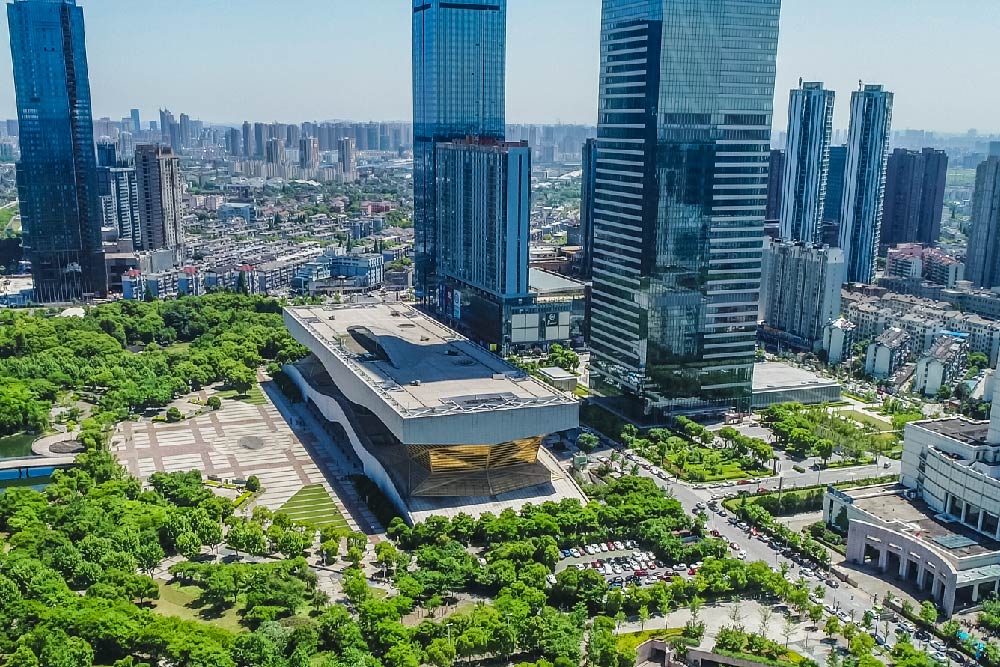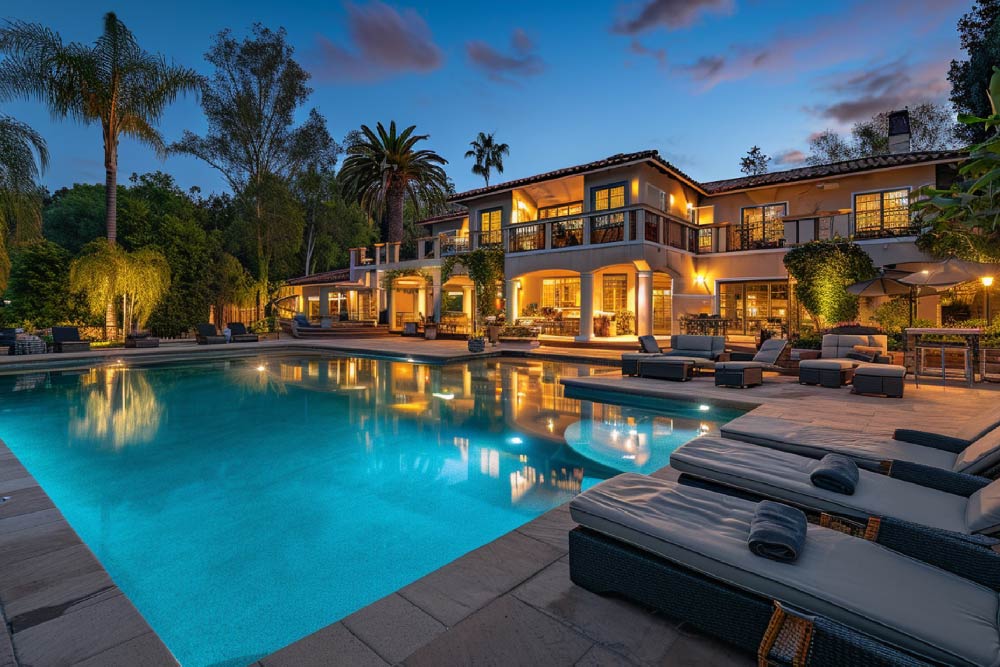
Over 195,000 buildings worldwide are now LEED-certified commercial spaces – a clear signal that sustainable real estate is no longer just an industry buzzword but the future of commercial real estate (U.S. Green Building Council). Investors and businesses are rapidly shifting towards green buildings, recognising that they offer not just environmental benefits but also superior financial returns.
With the global push for sustainability reshaping commercial spaces, India is emerging as a key market aligning with these trends. As investors and occupiers prioritise carbon-positive buildings, the focus is shifting from why sustainability matters to how it can drive long-term value. At the heart of this transformation lies a globally recognised benchmark—LEED certification. It is often the first step in signalling a building’s commitment to environmental performance and future readiness.
What is a LEED Certification and Why it Matters
LEED (Leadership in Energy and Environmental Design) is one of the most recognised global certification systems for eco-friendly spaces and sustainable buildings. It evaluates properties based on energy efficiency, water conservation, indoor air quality, and overall environmental impact
In India, over 13.26 billion sq ft of commercial space is now classified as green real estate, placing the country among the global leaders in sustainable construction (Indian Green Building Council). LEED-certified buildings are proving to be a key differentiator in the market, offering:
- Lower operational costs through reduced energy and water consumption
- Healthier work environments with better air quality and ventilation
- Higher asset value as demand for green-certified properties grows
- Stronger investor and tenant preference, with corporate occupiers prioritising sustainability in leasing decisions
However, while LEED ensures a building meets sustainability benchmarks, investors are now taking a more comprehensive approach by evaluating assets through the lens of ESG principles. Let’s take a closer look at the ESG-driven real estate investment trends.
ESG: The New Standard in Real Estate Investment
ESG, short for Environmental, Social and Governance is fast becoming a key metric in real estate investment decisions. Beyond certifications, investors now assess real estate sustainability, long-term operating costs, resilience, and governance frameworks before allocating capital. A recent global survey found that 70% of investors have already adopted ESG criteria in their decision-making, with another 10% planning to do so in the next three to five years (Knight Frank). This shift is driving capital towards ESG-aligned assets, which are increasingly commanding premium valuations.
The Global Shift Toward Sustainable Development and Its Impact on India
Major global investment firms are rapidly integrating sustainability and eco-conscious practices into their real estate portfolios. For example:
- Galvanize Climate Solutions has committed $2 billion to energy-efficient commercial properties, targeting a 20% reduction in sector emissions.
- Leading global firms like Brookfield and Blackstone are embedding sustainability into their portfolios, influencing markets worldwide, including India.
The green commercial architecture transition is not just limited to individual buildings but is reshaping large-scale developments, including IT parks and business districts. Several large-scale IT parks and business hubs are incorporating ESG-led designs, offering cutting-edge features that redefine the workspace experience. This momentum is pushing Indian developers to align with international standards, resulting in a new wave of sustainable commercial spaces.
India’s Expanding Green Commercial Footprint
India’s commercial real estate sector is already witnessing an accelerated push towards sustainable development. According to Bain & Co, 90% of India-bound investments in the next five years will be influenced by ESG considerations. Moreover, ESG-focused funds in India saw a 76% jump in inflows in FY 2020–21, reaching ₹3,686 crore from ₹2,094 crore the previous year.
Some notable projects include:
- Mindspace Business Parks (K Raheja Corp): LEED Gold-certified commercial hubs across Mumbai, Pune, Hyderabad, and Chennai.
- Surat Diamond Bourse (Gujarat): Achieved IGBC Platinum certification, setting new sustainability benchmarks.
- DLF, L&T Realty, Tata Housing: Actively integrating green building frameworks into their commercial developments.
With regulatory backing, rising corporate demand, and investor preference, India’s green commercial real estate market is expected to grow exponentially.
Defining Features of India’s Sustainable Commercial Spaces
As Indian developers shift towards green building technology, key sustainability features in new commercial developments include:
- Smartscape Design: Maximising space efficiency and natural airflow.
- Greentech Integration: Automated lighting, smart meters, and energy-efficient HVAC systems.
- Resilient Structures: Buildings designed to withstand climate risks, ensuring operational continuity.
- Biophilic Design: Incorporating natural elements like greenery, daylight access, and better ventilation.
- Net-Zero Developments: New-age projects focusing on balanced carbon output and self-sufficiency.
- Waste Management & Water Conservation: Advanced recycling systems, rainwater harvesting, and wastewater reuse solutions.
How Sustainable Commercial Real Estate Outperforms Traditional Spaces
The advantages of sustainable commercial properties extend beyond energy-efficient skyscrapers, they also drive long-term profitability.
A key distinction on how green buildings drive profits compared to traditional commercial spaces includes:
| Feature | Traditional Commercial Real Estate | Sustainable Commercial Real Estate |
|---|---|---|
| Energy Consumption | High | 20-50% lower |
| Operational Costs | Expensive maintenance | Reduced costs due to efficient systems |
| Tenant Demand | Standard leasing demand | High preference from MNCs, startups, and tech firms |
| Regulatory Compliance | Subject to evolving norms | Already aligned with global ESG and green building standards |
Why Investing in Sustainable Commercial Real Estate Now Is a Smart Move
Sustainability in commercial real estate is no longer just about environmental responsibility, it is a financially sound investment strategy. Green-certified and ESG-aligned properties offer:
- Higher occupancy rates and tenant retention due to growing demand for sustainable workspaces
- Lower operational expenses from energy-efficient and resource-optimised designs.
- Premium asset valuation and marketability, attracting global investors.
- Future-proof investments with compliance to evolving ESG and regulatory norms.
At SQUAREA, we connect investors with commercial spaces designed for the future which are sustainable, high-performing, and investment-worthy. Whether you’re looking for LEED-certified properties, net-zero developments, or ESG-compliant assets, our team of dedicated experts can help you secure opportunities that deliver both impact and income.
Let’s shape a greener, more profitable real estate landscape together!




